DIY Scrap Metal Art Craft Sculptures
Creating scrap metal art sculptures is a dynamic and imaginative DIY endeavor that transforms discarded metal pieces into unique and visually compelling artworks. This craft involves collecting a variety of scrap metal, ranging from old car parts to nuts and bolts, and then carefully designing and assembling them into a cohesive sculpture. Whether you choose to weld the pieces together or employ alternative methods like bolting or epoxy, safety precautions are paramount. The process includes cleaning and preparing the metal, experimenting with different arrangements, welding or assembling the components, refining details, and applying a protective finish. The result is a one-of-a-kind piece of art that not only showcases your creativity but also repurposes materials that would otherwise go to waste. Scrap metal art sculptures can find a place both indoors and outdoors, offering a tangible and visually striking expression of artistic ingenuity.


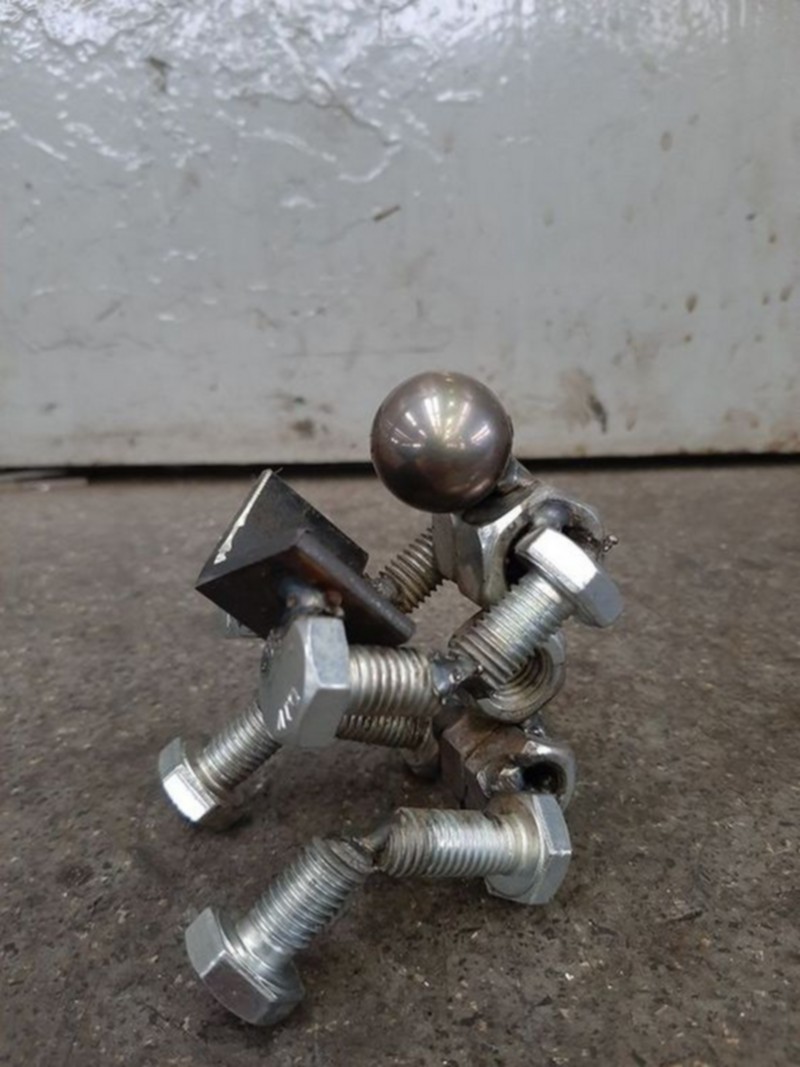
Scrap metal art sculptures emerge as captivating testaments to the boundless creativity that can arise from the discarded remnants of industry. Defined by the adept repurposing of discarded metal objects, this craft transforms what was once considered waste into intricate and awe-inspiring three-dimensional masterpieces. At its core, scrap metal art sculpture embodies a harmonious marriage between artistic vision, technical skill, and a profound commitment to environmental sustainability.
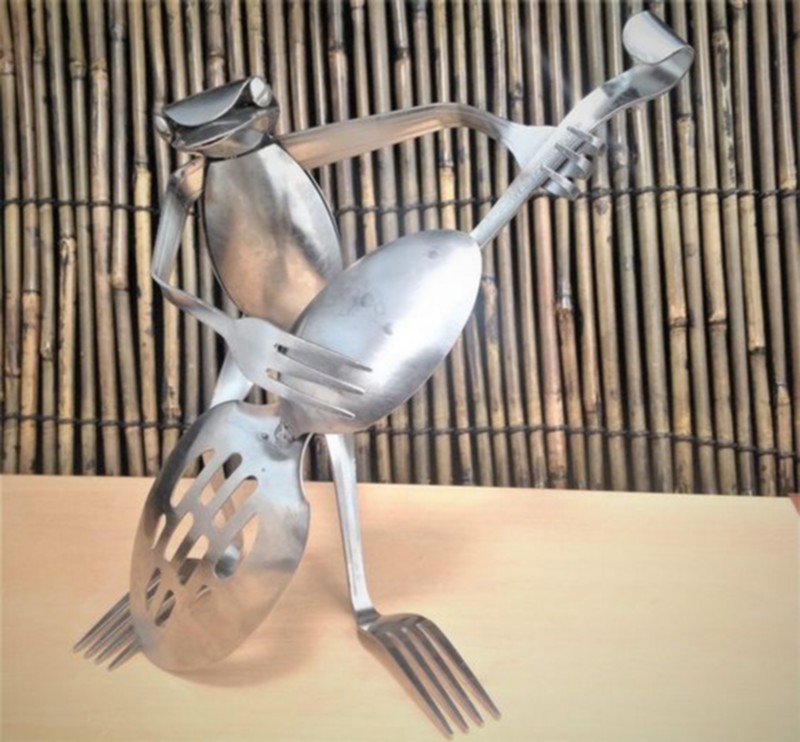
 The genesis of scrap metal art sculptures can be traced back to the mid-20th century, a period marked by industrial expansion and the consequential surplus of metal debris. Artists, drawn to the challenge of breathing life into discarded materials, began to explore the artistic potential of these neglected fragments. Welding, the fundamental technique in metalworking, became the linchpin of this artistic evolution, allowing artists to seamlessly fuse disparate elements into cohesive and visually stunning sculptures.
The genesis of scrap metal art sculptures can be traced back to the mid-20th century, a period marked by industrial expansion and the consequential surplus of metal debris. Artists, drawn to the challenge of breathing life into discarded materials, began to explore the artistic potential of these neglected fragments. Welding, the fundamental technique in metalworking, became the linchpin of this artistic evolution, allowing artists to seamlessly fuse disparate elements into cohesive and visually stunning sculptures.
The artistic process begins with the selection of materials—abandoned car parts, industrial machinery components, and miscellaneous metal fragments—each imbued with a history of use and decay. The artist’s discerning eye discerns the latent potential within these cast-offs, envisioning how individual pieces can coalesce to form a new, harmonious whole. Welding torch in hand, the artist embarks on a transformative journey, coaxing the metal into shapes that defy its utilitarian origins.


Cutting and shaping are integral components of the sculpting process, requiring a delicate balance of precision and creative intuition. Plasma cutters, angle grinders, and a myriad of hand tools become extensions of the artist’s vision, enabling the meticulous carving of intricate details and the creation of dynamic, textured surfaces. The resulting sculptures, whether abstract or representational, bear the scars and patina of their industrial past, adding a layer of authenticity and history to the finished work.
Notable artists have played pivotal roles in propelling scrap metal art sculptures into the forefront of contemporary artistic expression. John Chamberlain, celebrated for his colossal sculptures crafted from crushed automobile parts, demonstrated how the remnants of a bygone era could be reincarnated into vibrant and dynamic forms. Edouard Martinet, a sculptor renowned for his meticulous depictions of insects and animals, elevates the craft by showcasing the intricate beauty that can arise from the smallest and most overlooked components of discarded machinery.


Beyond traditional metal, artists like Mbongeni Buthelezi have expanded the boundaries of scrap metal art by incorporating discarded plastic. Through a process of melting and manipulating plastic objects, Buthelezi creates vivid and textured sculptures, challenging preconceptions about the possibilities within the realm of repurposed materials.
Scrap metal art sculptures are not merely static structures; they are dynamic narratives that resonate with the spirit of renewal and transformation. The surfaces of these sculptures often retain the signs of weathering, embracing the natural corrosion and rusting processes that occur over time. This intentional choice not only adds aesthetic depth but also aligns with the ethos of sustainability, allowing the artworks to coexist harmoniously with the environment.
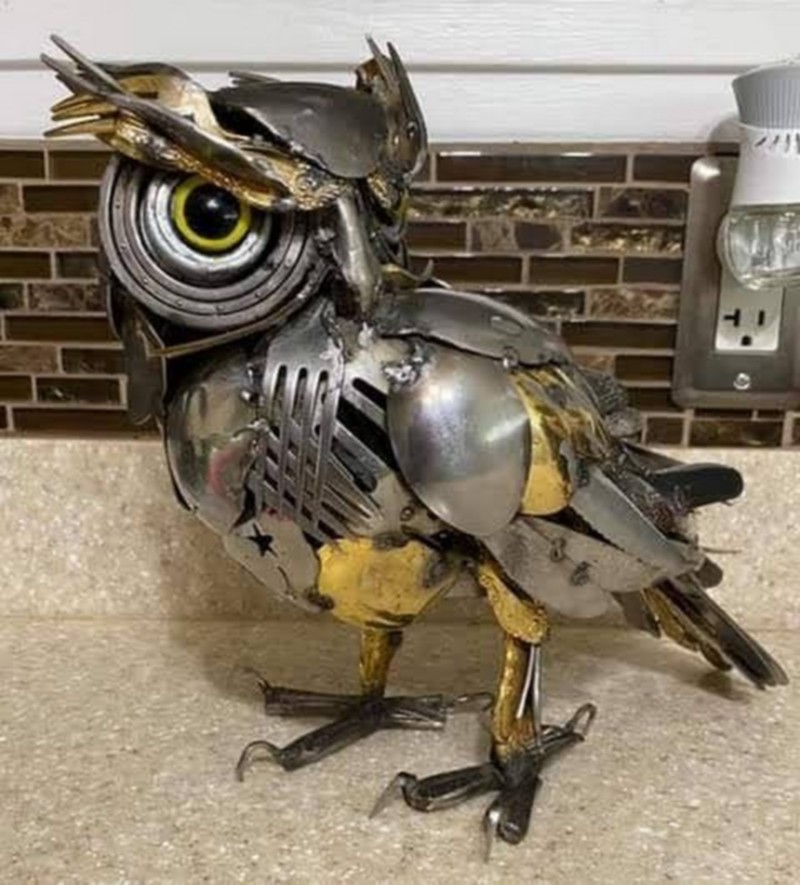

As the global community grapples with issues of waste, resource depletion, and environmental degradation, scrap metal art sculptures offer a poignant commentary on our relationship with material consumption. By repurposing discarded metal into evocative works of art, these sculptures challenge societal norms surrounding waste and prompt a reevaluation of the inherent value within materials deemed obsolete.
In marginalized communities, the creation of scrap metal art sculptures takes on an additional dimension as a form of economic empowerment. Artists in these contexts demonstrate resilience and resourcefulness, utilizing creativity as a tool for economic sustainability. The craft becomes a means of not only creating art but also fostering positive change within communities facing economic challenges.
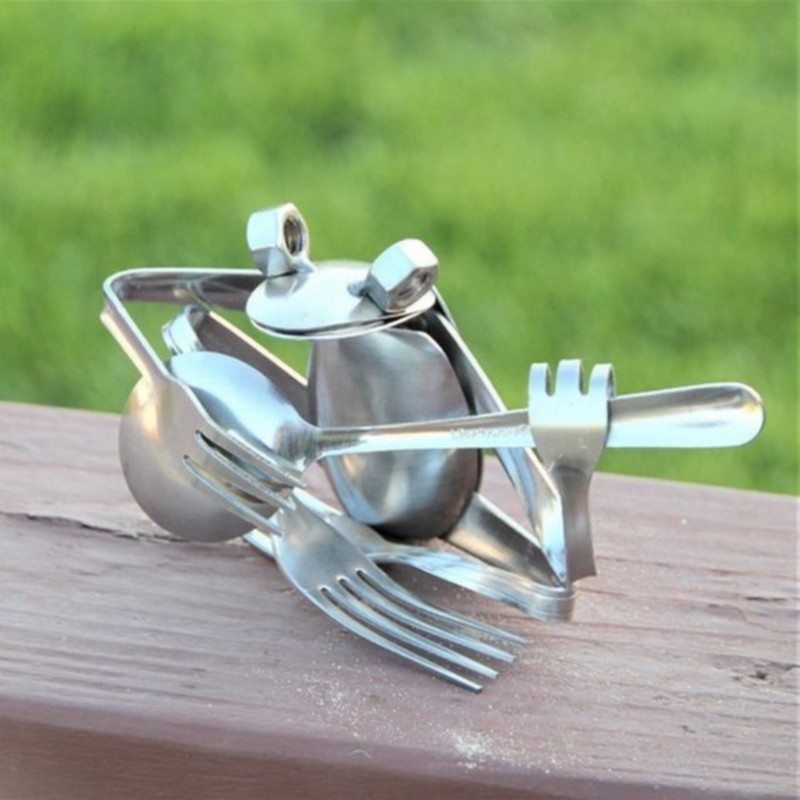


Creating scrap metal art sculptures can be a rewarding and creative DIY project. Here’s a general guide to help you get started:
Materials and Tools:
Scrap Metal:
Collect various pieces of scrap metal. Look for interesting shapes, textures, and sizes. Old car parts, bicycle parts, nuts, bolts, and discarded metal objects can be great choices.
Safety Gear:
Wear safety gloves, safety glasses, and a long-sleeved shirt to protect yourself from sharp edges and metal splinters.
Tools:
Welding machine (if you plan to weld)
Angle grinder
Welding helmet
Welding gloves
Metal cutters
Welding wire/rods
Clamps
Hammer
Wire brush
Vice grips
Drill and metal drill bits
Metal file
Steps:
Design:
Sketch your sculpture design on paper before starting. Consider the shapes and sizes of the available scrap metal pieces.
Safety First:
Put on your safety gear before handling any scrap metal.
Metal Preparation:
Clean the metal pieces using a wire brush to remove rust and dirt.
Cut, grind, or shape the pieces according to your design using the angle grinder or other appropriate tools.
Assembly:
Lay out your design on a flat surface before welding or attaching the pieces together. Experiment with different arrangements until you’re satisfied.
Use clamps to hold pieces together securely before welding.
Welding:
If you’re comfortable with welding, carefully weld the pieces together. Follow proper safety guidelines for welding.
If welding is not an option, consider alternative methods like bolting or using metal epoxy.
Finishing Touches:
Once the main structure is complete, refine the details using a metal file.
Consider adding texture or patterns with the grinder.
Drill holes for any additional components you want to attach.
Cleaning:
Clean the sculpture thoroughly to remove any metal shavings or dust.
Surface Treatment:
Apply a protective finish to prevent rust. You can use clear sealant, paint, or other coatings depending on the desired aesthetic.
Display:
Find a suitable place to display your scrap metal art. It could be indoors or outdoors, depending on the materials used and the finish applied.
Tips:
Experiment: Don’t be afraid to experiment with different combinations of scrap metal pieces.
Safety: Always prioritize safety. Wear the necessary protective gear, especially when working with tools and welding equipment.
Inspiration: Look for inspiration online or visit local art galleries to see how other artists use scrap metal in their work.
Environment: Consider the environment where you plan to display the sculpture. Certain metals may require additional protection if exposed to the elements.
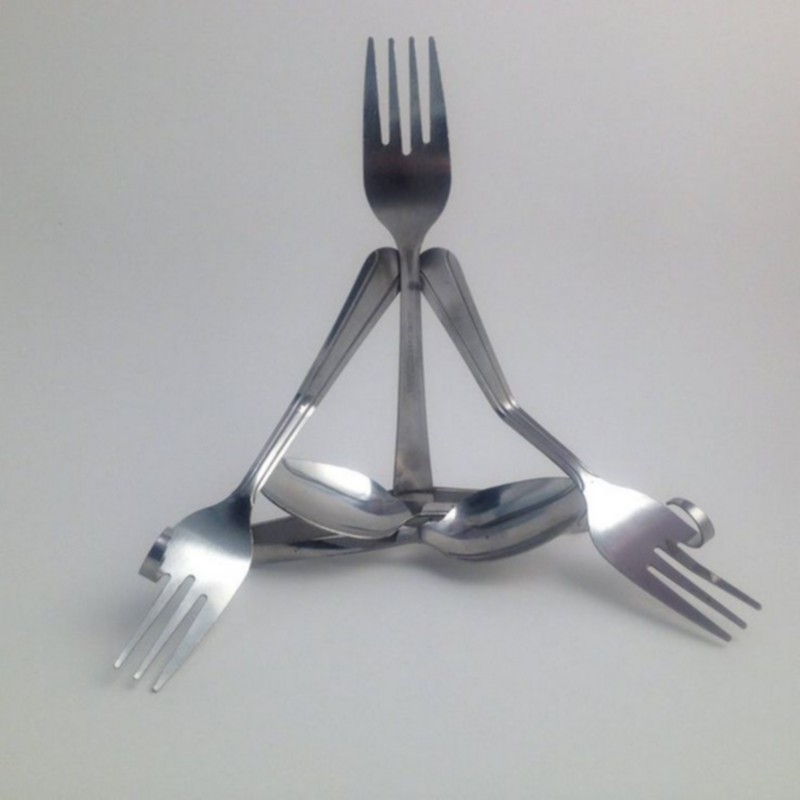


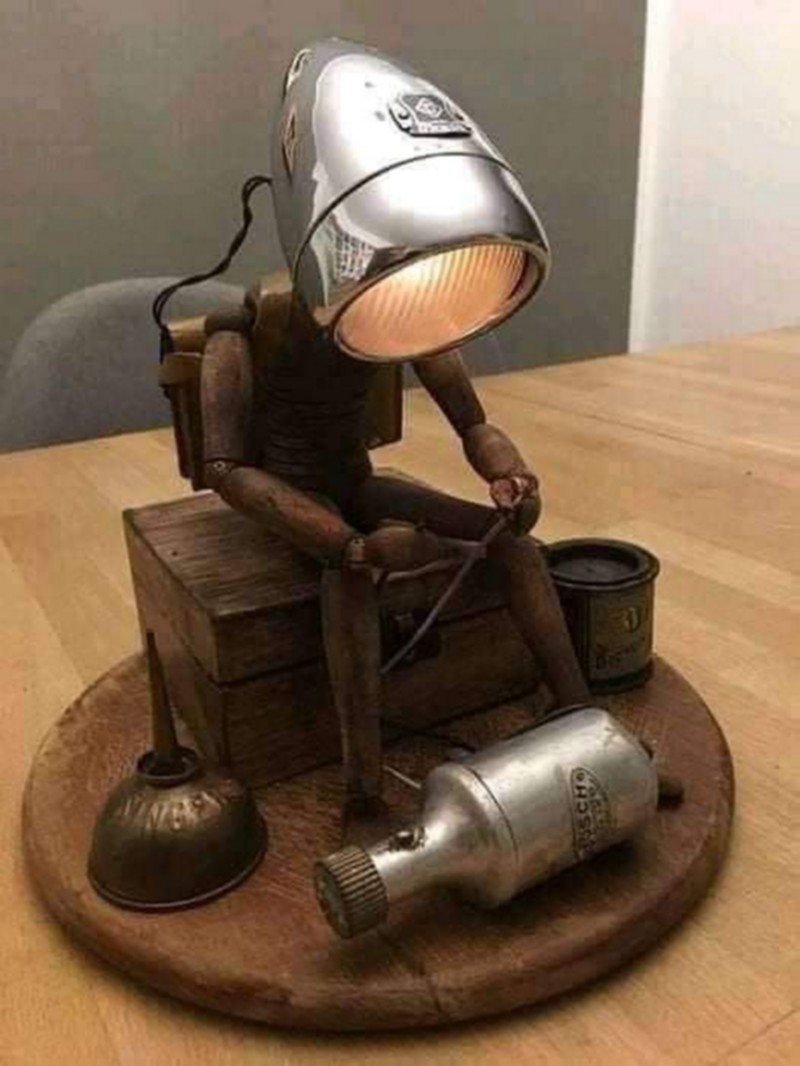



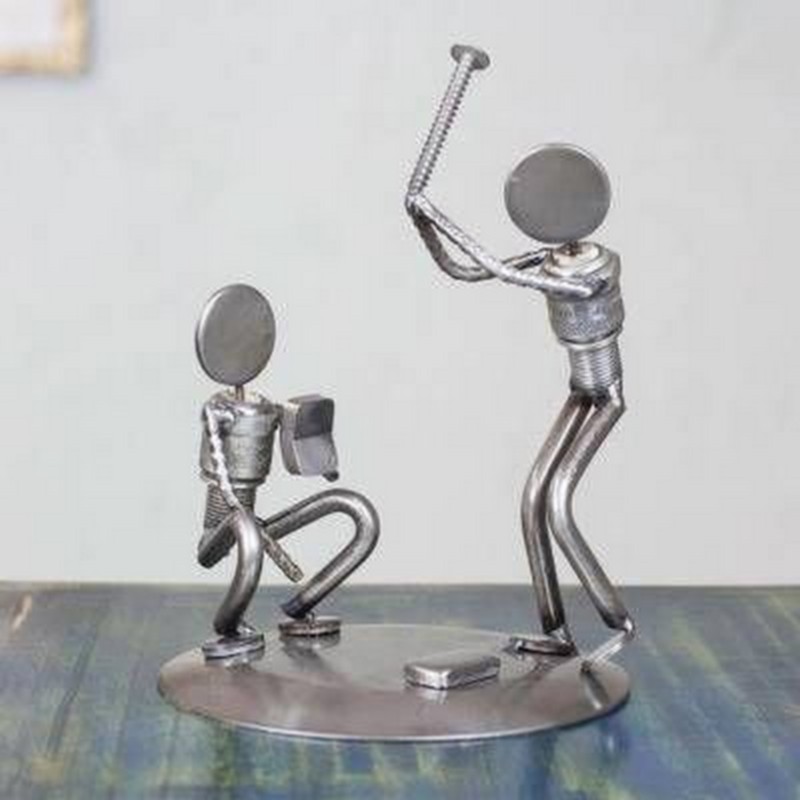



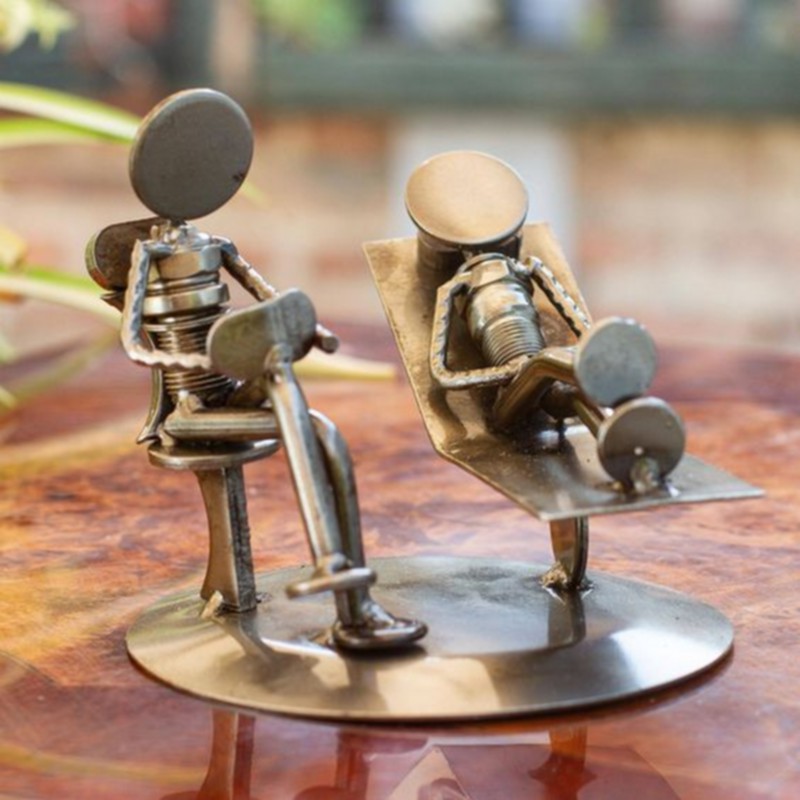

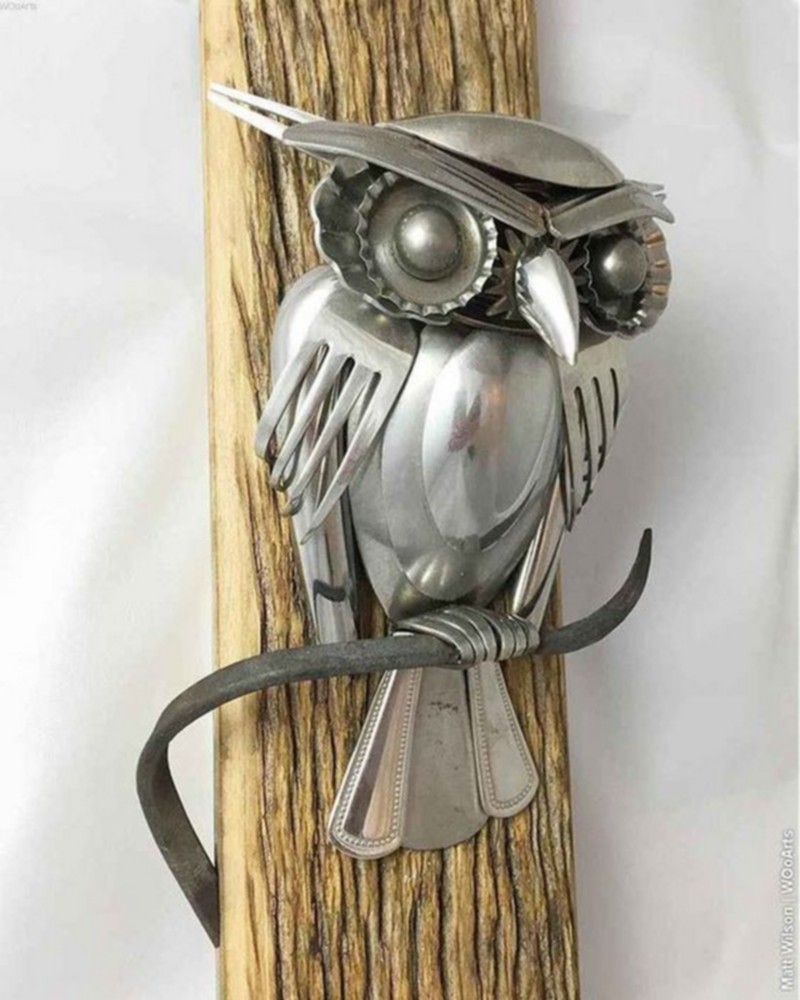


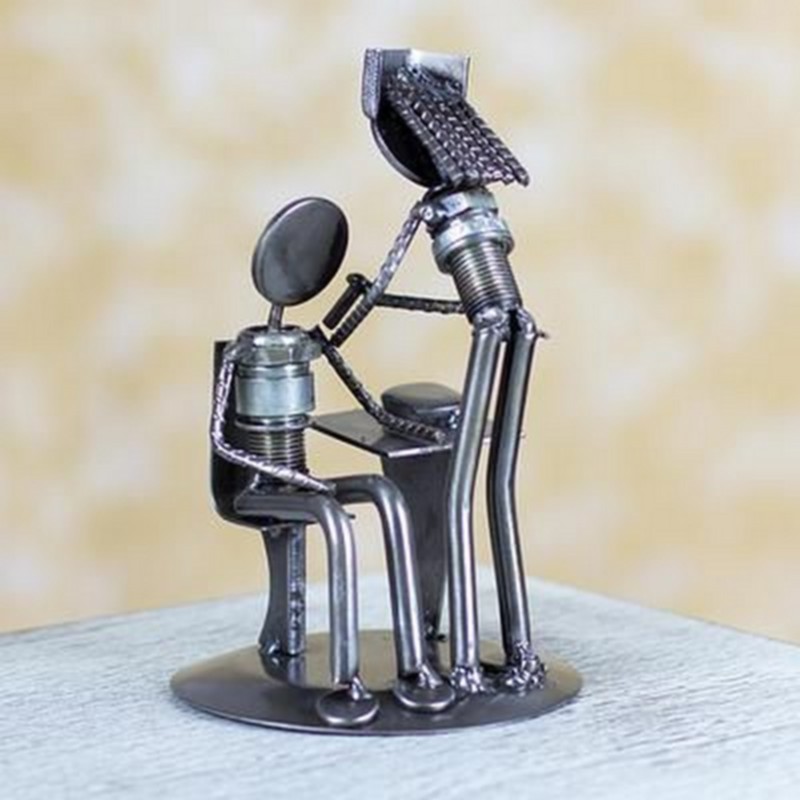








Note:
Welding is a dangerous activity and proper safety equipment should always be used. If you’re not comfortable with welding, consider hiring a professional welder.